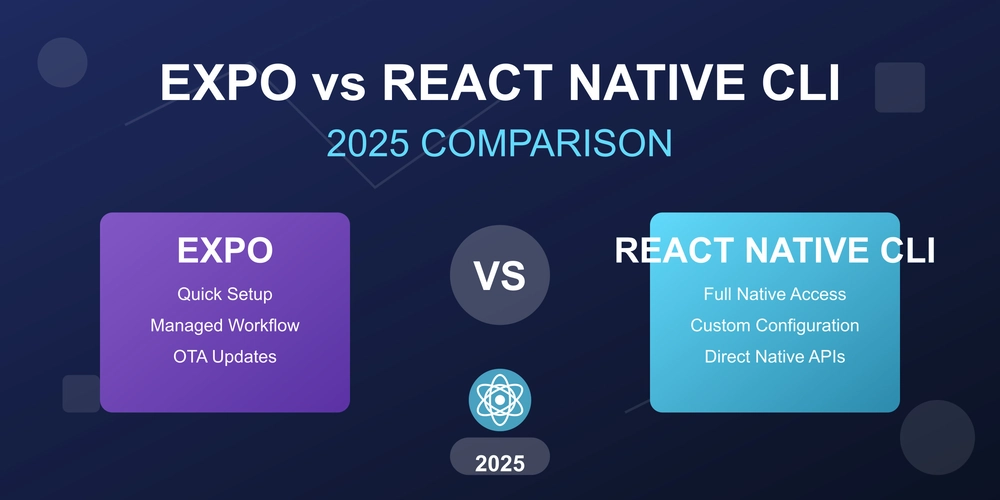
Install PostgreSQL on Windows 11 with WSL2: The Data Engineer's Guide
Ready to dive into data engineering but want the best of both Windows and Linux? This guide shows you how to set up PostgreSQL on Windows 11 using WSL2 (Windows Subsystem for Linux). Enjoy the user-friendliness of Windows with the power and compatibility of a Linux environment for your database needs.
TL;DR: Install WSL2 with Ubuntu on Windows 11, then set up PostgreSQL within Ubuntu. This setup allows both internal and external connections, perfect for data engineering projects.
Why Use PostgreSQL with WSL2 on Windows?
- Best of Both Worlds: Windows for ease of use, Linux for server-like performance.
- Production-Ready Environment: Mimic your production environment for accurate testing.
- No Need for Dual Booting: Avoid the hassle of switching between operating systems.
- Improved Performance: Run PostgreSQL in a Linux environment for optimal speed.
Modern Data Engineering stacks use PostgreSQL as the standard for relational databases. While PostgreSQL can be installed directly on Windows, data engineers often prefer running it in Linux for better performance and fewer compatibility issues.
What You'll Achieve
- A fully functional PostgreSQL server running within WSL2 on Windows 11.
- External connections configured, allowing access from Windows tools like pgAdmin.
- A production-like environment for local development and testing.
Prerequisites
Before getting started with installing PostgreSQL on Windows 11, make sure you have the following:
- Windows 11: Home or Pro edition.
- Virtualization Enabled: Check your BIOS/UEFI settings.
- Admin Access: Required for installing WSL2 and PostgreSQL.
- Internet Connection: For downloading necessary packages during the install PostgreSQL on Windows 11 process.
- Time: Allocate about 15-20 minutes.
Step-by-Step Guide: PostgreSQL on Windows 11
Step 1: Enable WSL2 and Install Ubuntu
-
Open PowerShell as Administrator.
-
Run the installation command:
This command installs Ubuntu 22.04, a popular Linux distribution, within WSL2.
-
Explore other distributions (optional):
Step 2: Install PostgreSQL on Windows
- Download the Installer: Go to the PostgreSQL downloads page and select the latest version for Windows.
- Run the Installer:
- Click "Next" through the initial screens.
- Choose an installation directory (the default is fine).
- Select components: Keep the defaults (PostgreSQL Server, pgAdmin, StackBuilder, Command Line Tools).
- Set a Password for the superuser ("postgres"). Remember this password!
- Set the Port Number: The default is 5432.
- Set the Locale: The default is usually OK.
- Complete the Installation.
Step 3: Install PostgreSQL on WSL2 Ubuntu
Now, let's install PostgreSQL within your Ubuntu environment in WSL2 for optimal performance.
-
Update Package Lists:
-
Install PostgreSQL:
-
Verify Installation:
You should see the PostgreSQL version number displayed.
-
Start the PostgreSQL Service:
-
Check the Service Status:
-
Create a PostgreSQL User (Matching Your WSL Username):
-
Set up .bashrc for Default PostgreSQL User:
Add the following lines at the end of the file:
Save and exit the file (Ctrl+X, Y, Enter), then run:
Now you can run
psqlin the terminal to access the PostgreSQL CLI. -
Configure PostgreSQL for External Connections: * Edit postgresql.conf:
```bash
sudo nano /etc/postgresql/16/main/postgresql.conf
```
* Find the line `#listen_addresses = 'localhost'` and change it to `listen_addresses = '*'` (remove the `#`).
* **Update pg_hba.conf**
```bash
sudo nano /etc/postgresql/16/main/pg_hba.conf
```
* Add this line at the bottom:
```bash
host all all 0.0.0.0/0 md5
```
* **Restart PostgreSQL to Apply Changes**
```bash
sudo service postgresql restart
```
**Important:** This allows connections from any IP address. For production environments, restrict this to specific IP ranges for enhanced security.
9. Find WSL IP Address:
From Windows PowerShell or CMD:
```powershell
wsl hostname -I
```
Note the IP address (e.g., 172.27.94.100). You'll use this to connect from pgAdmin.
Step 4: Add Connection in pgAdmin on Windows
- Open pgAdmin on Windows.
- Create a New Server Connection: Right-click on "Servers" and select "Create" -> "Server".
- General Tab:
- Name:
WSL PostgreSQL
- Name:
- Connection Tab:
- Host: (The WSL IP address you found earlier, e.g.,
172.27.94.100) - Port:
5432 - Maintenance DB:
postgres - Username: Your WSL username (e.g.,
kubona) - Password: Your PostgreSQL user password
- ✅ Save Password
- Host: (The WSL IP address you found earlier, e.g.,
- Click "Save." You should now be connected to your PostgreSQL server running in WSL2.
Step 5: Test the Connection
-
Connect Through WSL:
-
Create a Test Database:
You should see the test data displayed successfully, confirming that installing PostgreSQL on Windows 11 has worked.
Conclusion
Congratulations on setting up PostgreSQL on Windows 11 using WSL2! You've created a powerful development environment that combines the best of both worlds. Now you're ready to start building your data engineering projects.
Next Steps
- Configure DBeaver: Learn how to use DBeaver as a GUI client for PostgreSQL.
- Set up Database Users and Permissions: Enhance your database security.
- Create Your First Schema: Start designing your database structure.
Get started today to install PostgreSQL on Windows 11 and start your data engineering journey!























